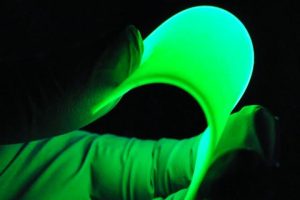The attractive ammonia clouds of Jupiter may look beautiful but sometime send up blocking deeper views of its inner details. But scientists from earth have made skirted around this for problem by making Atacama Large Millimeter/Submillimeter Array telescope for study of the planet’s atmosphere with the help of radio waves. They found a new intriguing detail as an amateur astronomer witnessed and reported ammonia spewing out from depend end of the planet and spread across the South Equatorial Belt region. According to astronomer Imke de Pater of California University if these plumes keep spewing at this speed then they may disturb the beautiful cloud bands over a period of few months.
With the telescope they were able to observe how plumes keep progressing and leading to slow fading of clouds. In the past astronomers witnessed the “slow and gradual fading of cloud circles and their revival” which change colors from brown to white and then darken again when the storm outbreaks occur. Though this time there was no fading of bands, scientists still believe that their observations mark an installment in the cycle. The North Temperate Belt region of Jupiter also witnesses storm outbreaks every 5 years.
Due to four strong white plume eruptions a few months ago the belt had become almost orange when the observation team started gathering data about changes. De Pater stated that their observations were the first ones to showcase how ammonia gas concentrations were being brought out by strong eruptions and were able to track down the effect of the phenomenon from six varied ground based telescopes and also the NASA Hubble Space Telescope. The ALMA data collected during early January 2017 was quite special as the telescope was able to see below the clouds with the help of long light like a typical telescope and trace eruption in South Equatorial Belt region. The details of this research were published in a paper accepted by Astronomical Journal.





Be First to Comment